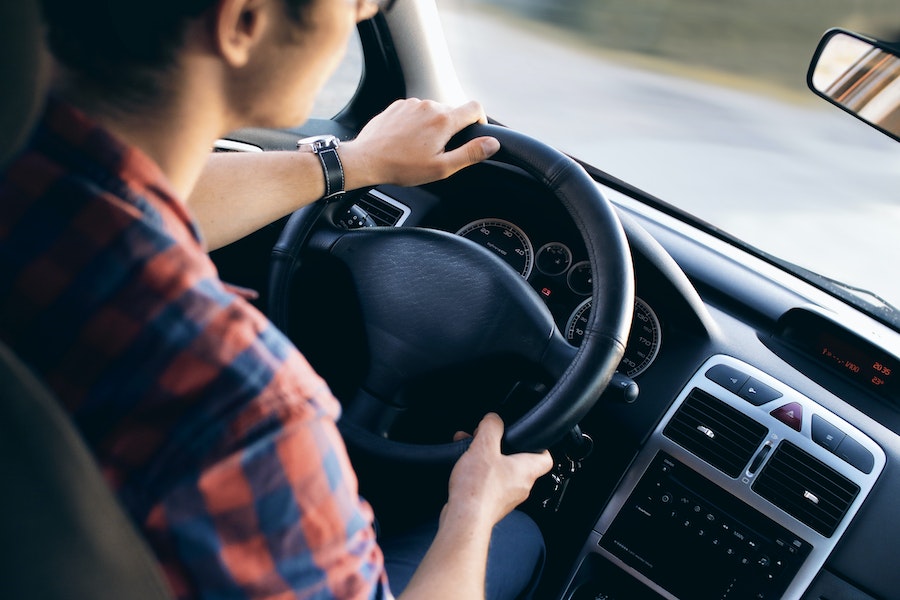
Driving Tips, You Will Not Learn in a Driving School
When you compare the number of hours that you spend in the driving school to the number of hours that you will drive on your first several weeks as a driver the difference is both clear and shocking.
However, these first several dozen hours are responsible for developing some of the most essential driving habits, as well as your first impression of the traffic, in general.
Unfortunately, there are some things that they don’t tell you in driving school. We’re talking about tips and tricks that you will have to figure out on your own intuitively or learn them the hard way. Either way, here are five such driving tips.
Start by checking your mirrors
While this is not necessarily something that a driving instructor will fail to mention, the truth is that the majority of drivers set this up once and then just forget about it. Under ideal circumstances, this could be enough but what if someone moved a side mirror while squeezing next to your car in order to get through crowded parking. What if someone else drove your car and adjusted the mirrors according to their own height and preferable driving position. All it takes are several seconds of attention and you get to avoid the necessity to pull over in the middle of your commute, later on.
Expect the worst
Generally speaking, this might sound a tad pessimistic or even misanthropic but assuming that everyone else on the road is an idiot is actually a decent tactic for new drivers. Keep a distance between you and the vehicle in front of you like you expect he’s going to forget to turn on the turning light before making the sharp right turn. Also, keep in mind that it’s not always the fault of the driver in the opposite vehicle. They might just undergo a sudden heart attack or their vehicle might malfunction. So, always put yourself in a situation where, if the worst were to happen, you can react in a safe and timely manner.
Adjusting to a new vehicle
When it comes to driving, a different model usually means a completely new driving experience. Sure, if you plan to drive stick, you should get manual driving lessons, however, this is just the tip of the iceberg. How does the brake and gas pedals respond to pressure? How does the steering wheel fit in your hands and how responsive it is? Keep in mind that this is impossible to learn during lessons, seeing as how every driving school only has so many vehicles and they can never anticipate all the vehicle types that you’ll get to drive later on.
Learn where your wheels are
One of the main reasons why a lot of people seem to get on fine in driving simulator video games and racing games is because they have a 3rd person perspective on their vehicle. This means that they know exactly where their wheels are in relation to the rest of their vehicle, which makes it substantially easier to navigate narrow spots. It is also one of the things that are directly affecting your ability to properly park the vehicle. Fortunately, this is one of the skills that a seasoned instructor may insist on.
Starting the car in winter
In winter, your battery may not be as responsive as you expected it to be. Therefore, starting the car in winter might require a tad more finesse than you would expect. One of the tricks worth trying out is turning the high beams on. This will make the battery work extra hard, which will make your job of starting somewhat easier. Radio or indicator can also do the trick.
In conclusion
The most important thing worth keeping in mind is the fact that the mindset that you hit the streets with makes all the difference. Ideally, you would have a mixture of self-confidence and the ability to acknowledge that you’re still a new driver with a lot to learn. Be careful, be consistent and understand that all the necessary knowledge will come to you in time. No one knew the above-listed the first time they sat behind the wheel but, at some point, the above-listed tips will become your second nature.